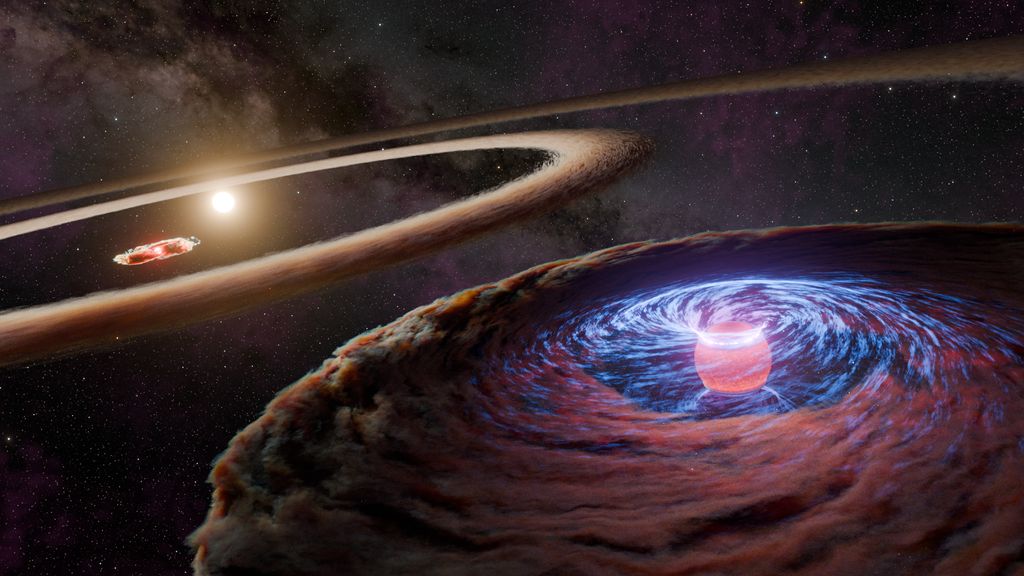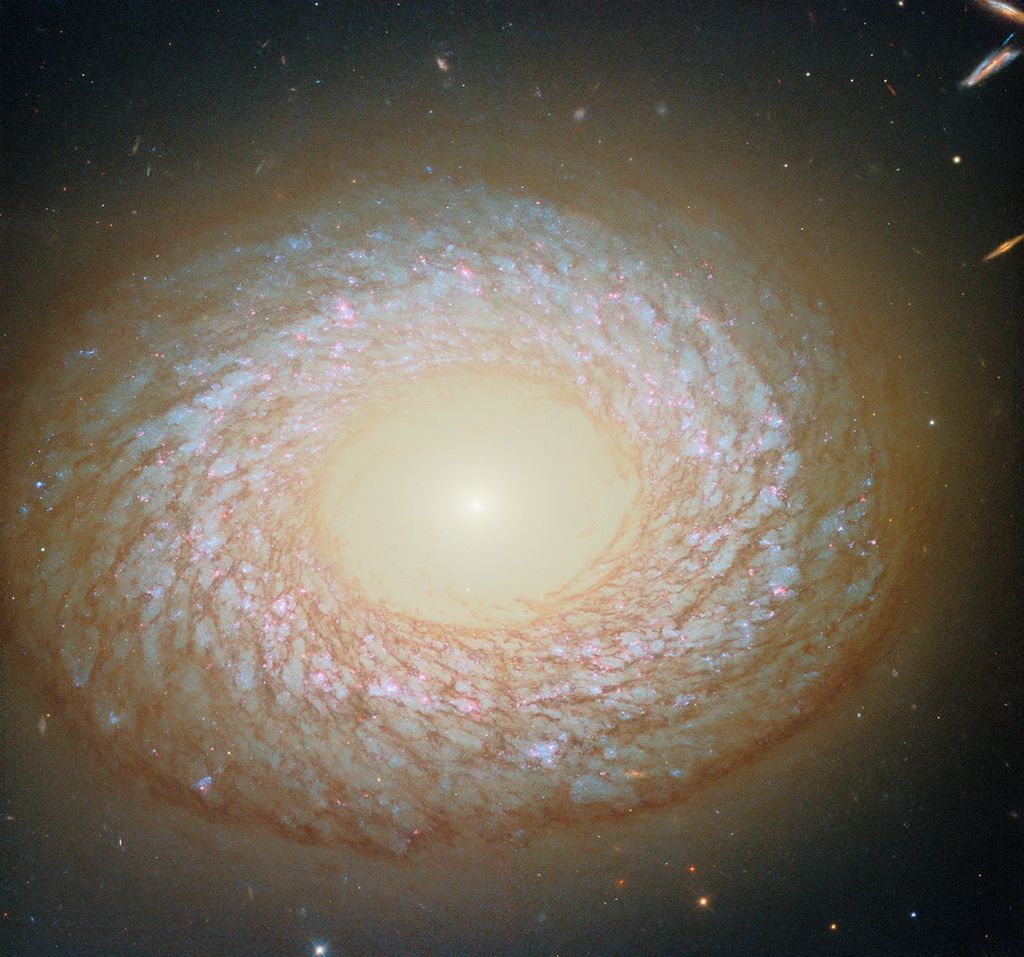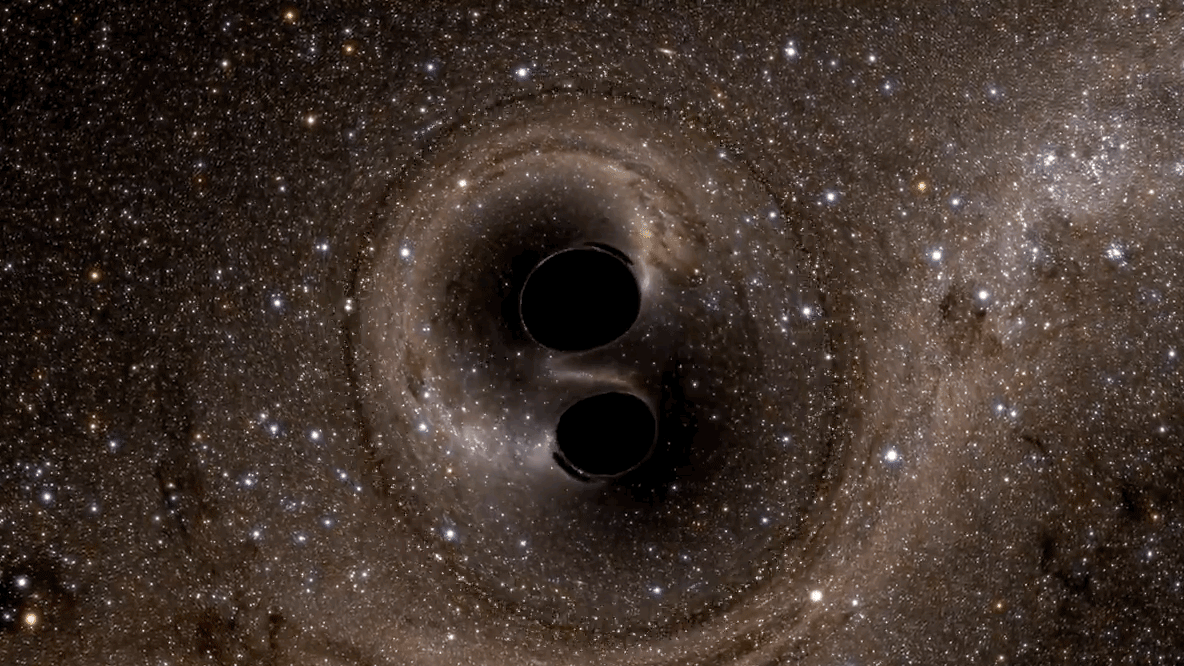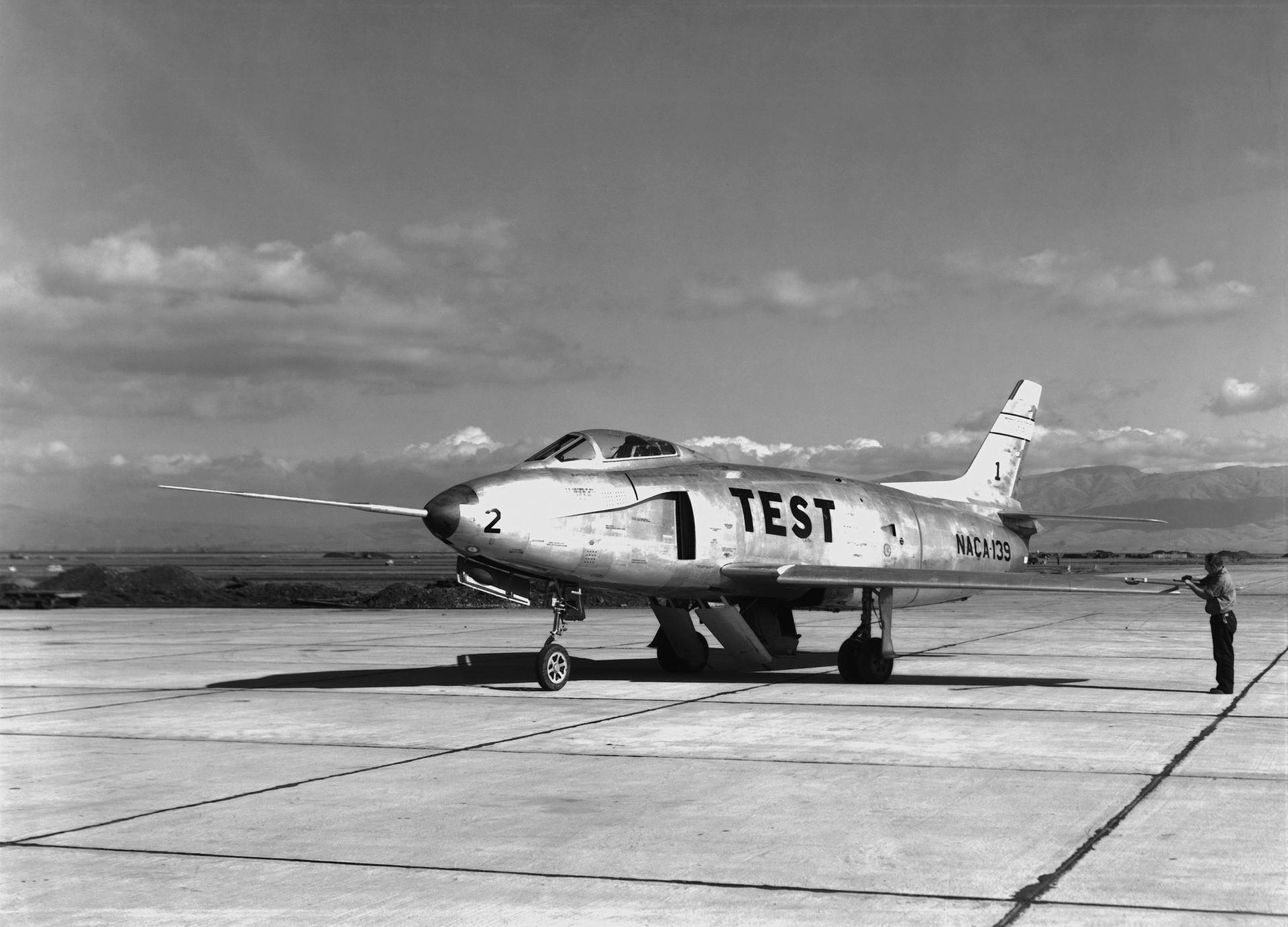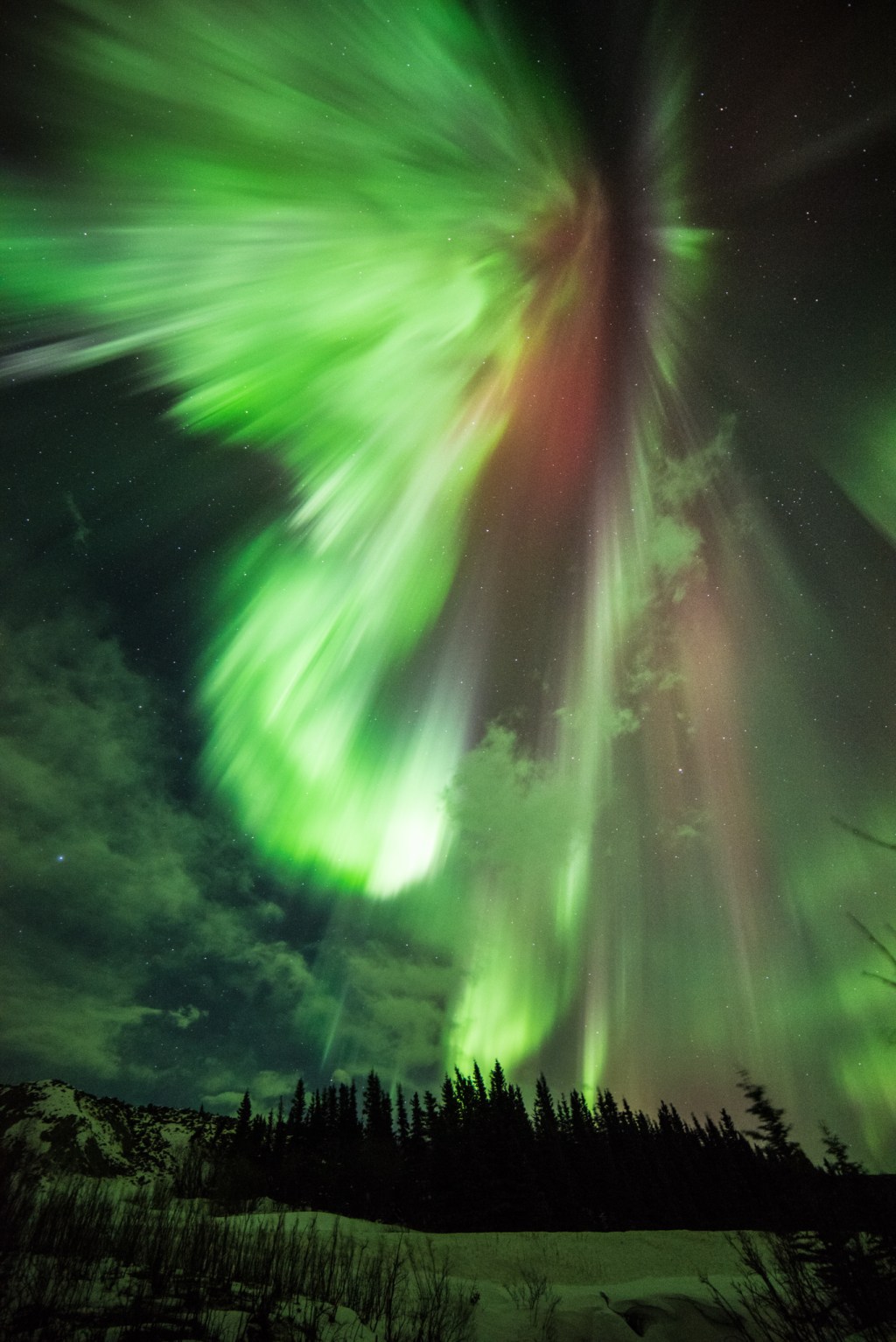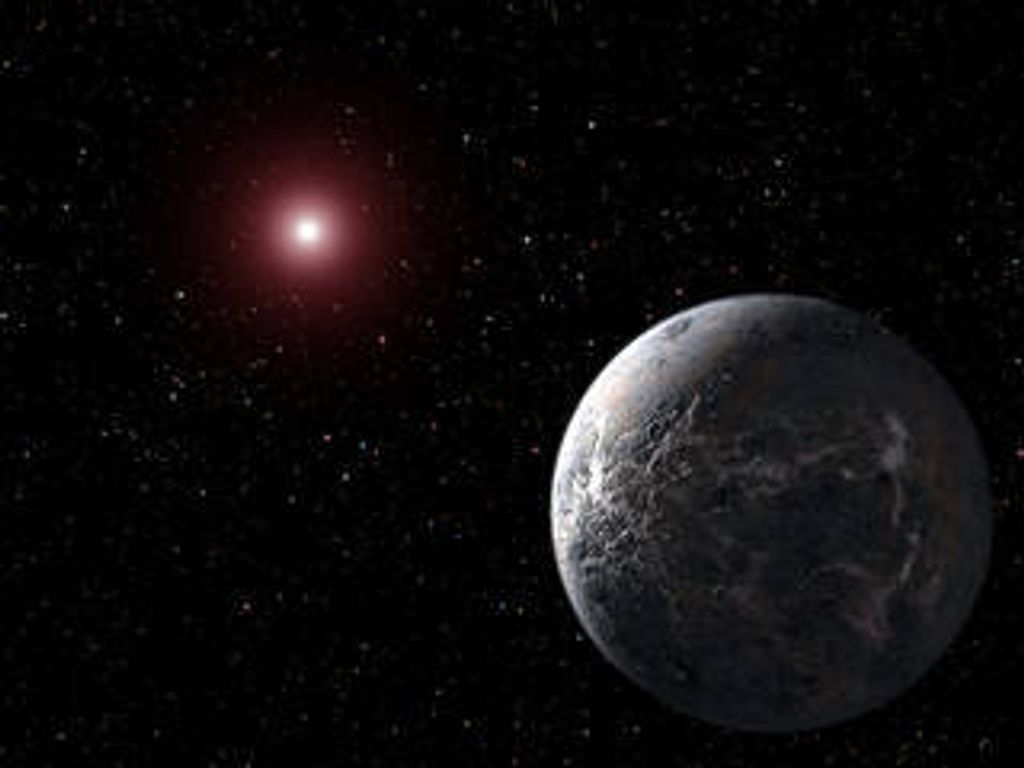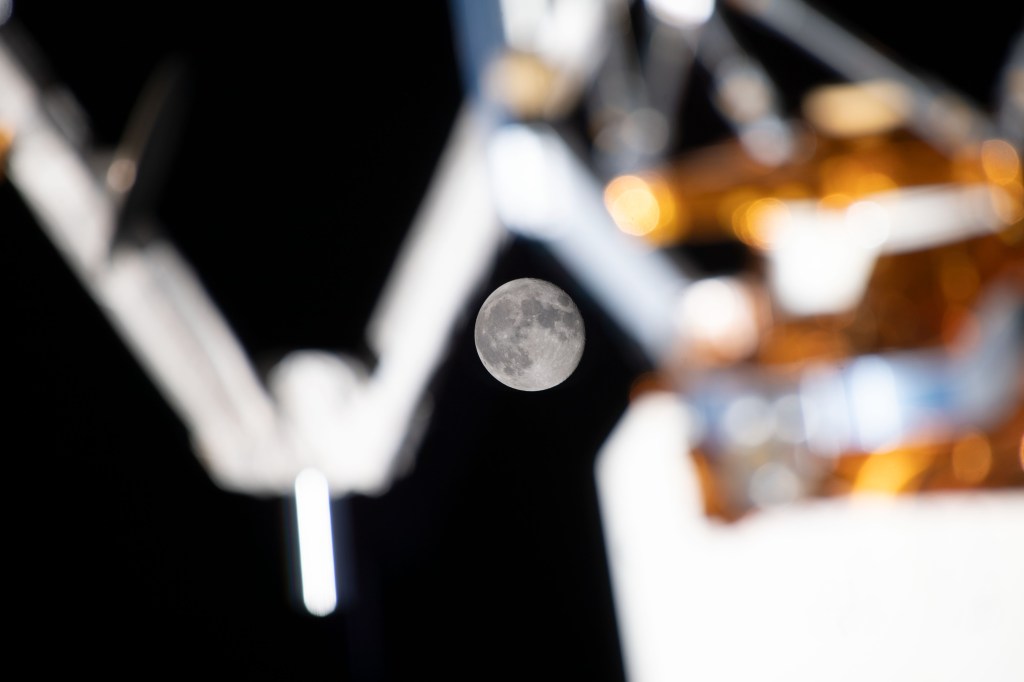1 min read
Bat Shadow

About the Object
- R.A. PositionR.A. PositionRight ascension – analogous to longitude – is one component of an object's position.18:29:56.91
- Dec. PositionDec. PositionDeclination – analogous to latitude – is one component of an object's position.+1:14:45.77
- ConstellationConstellationOne of 88 recognized regions of the celestial sphere in which the object appears.Serpens
- DistanceDistanceThe physical distance from Earth to the astronomical object. Distances within our solar system are usually measured in Astronomical Units (AU). Distances between stars are usually measured in light-years. Interstellar distances can also be measured in parsecs.The object is located about 1,400 light-years away from Earth.
- DimensionsDimensionsThe physical size of the object or the apparent angle it subtends on the sky.Image is 2 arcmin across (about 0.6 light-years)
About the Data
- Data DescriptionData DescriptionProposal: A description of the observations, their scientific justification, and the links to the data available in the science archive.
Science Team: The astronomers who planned the observations and analyzed the data. "PI" refers to the Principal Investigator.The HST observations include those from programs 15597 M. Mutchler (STScI) - InstrumentInstrumentThe science instrument used to produce the data.WFC3/IR
- Exposure DatesExposure DatesThe date(s) that the telescope made its observations and the total exposure time.30 August 2018
- FiltersFiltersThe camera filters that were used in the science observations.F125W, F164N
- Object NameObject NameA name or catalog number that astronomers use to identify an astronomical object.Serpens Nebula HBC 672, or [EC 92] 82
- Object DescriptionObject DescriptionThe type of astronomical object.Reflection nebula and star forming region
- Release DateJune 25, 2020
- Science ReleaseHubble Sees Cosmic Flapping ‘Bat Shadow’
- Credit

These images are a composite of separate exposures acquired by the WFC3/IR instrument on the Hubble Space Telescope. Several filters were used to sample narrow wavelength ranges. The color results from assigning different hues (colors) to each monochromatic (grayscale) image associated with an individual filter. In this case, the assigned colors are: Cyan: F125W Orange: F164N

Related Images & Videos

Bat Shadow Schematic
This illustration shows a fledgling star surrounded by a warped, saddle-shaped disk with two peaks and two dips. A planet embedded in the disk, inclined to the disk's plane, may be causing the warping. As the disk rotates around the young star, it is thought to block the light...
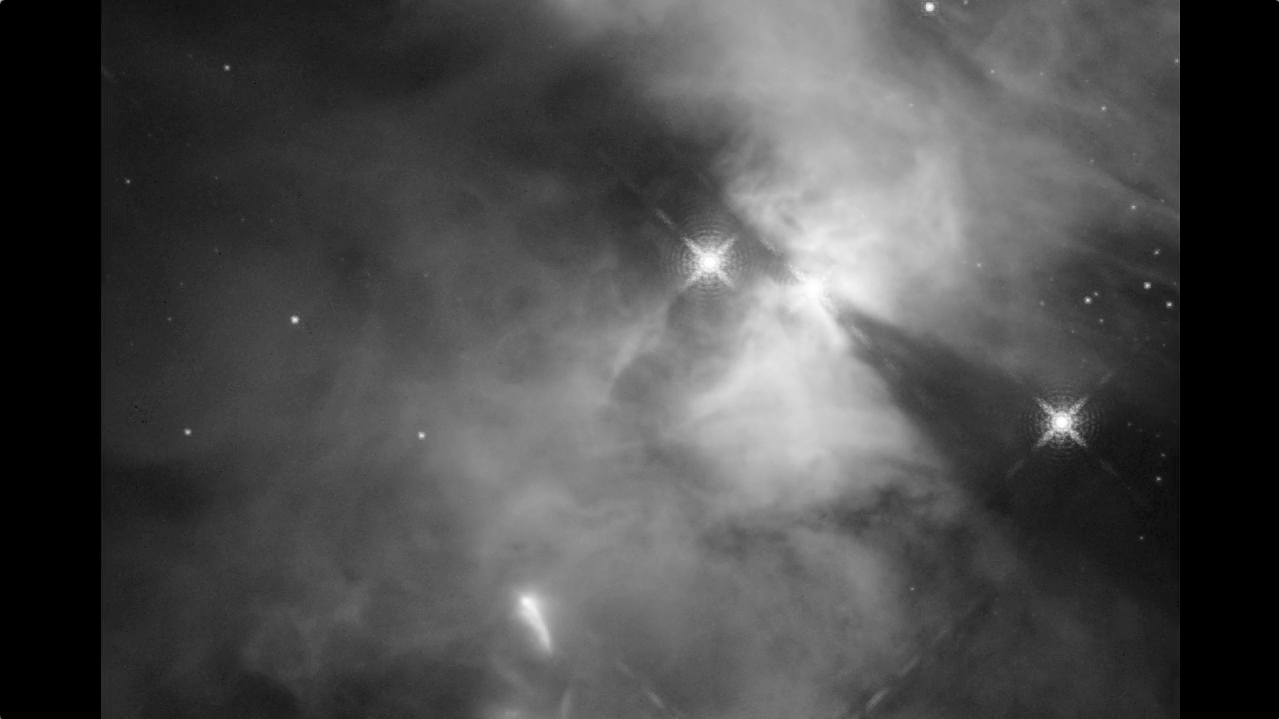
Flapping Bat Shadow Video
This video shows the "flapping" of the Bat Shadow's wings. This motion is most likely caused by the shadow of a saddle-shaped disk, with two peaks and two dips. The disk must also be flared, like bell-bottom pants or a trumpet. The shadow is so large—about 200 times the length...
Share
Details
Claire Andreoli
NASA’s Goddard Space Flight Center
Greenbelt, Maryland
claire.andreoli@nasa.gov

